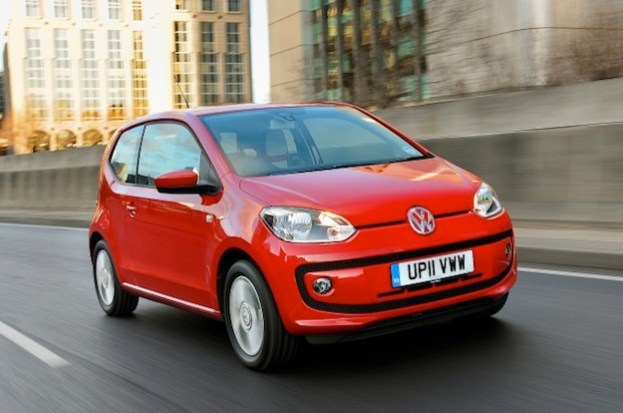
In Europe, Volkswagen sells an A-Segment car – or city car – called the “Up.” Just like all other city cars, like the Scion IQ or the Fiat 500, the Up is small, lightweight, and economical. It’s a car for people who don’t really want a car but rather need something tiny to get around with.
While European reviewers have put the Up at the top of the scale in terms of drive and livability, the Up has never really been very revolutionary. That is – until now.
Word has come from Autocar that Volkswagen is planning to put the drivetrain from its radical new hyper mileage car the XL1 into the Up.
When fitted to the tiny body of the Up, which only weighs 286 pounds more than the XL1, the diesel plug-in hybrid powertrain will achieve an estimated 250 miles per gallon, on an European cycle. This kind of fuel economy would send the Up from a great city car to the world’s most efficient production car.
How is the system so efficient? Volkswagen engineers have mated a 47-horsepower two-cylinder diesel engine to a 27-horsepower electric motor powered by a 5.5-kilowatt hour lithium-ion battery pack.
When we spoke to Volkswagen representatives about hybrid diesels, they assured us that although the brand loves both technologies, combining the two became prohibitively expensive – at least in the U.S. This means the Up diesel plug-in hybrid is not likely headed Stateside anytime soon. In spite of its high production costs, we expect it will be this kind of innovative drivetrain that will power fuel-efficient cars of all sizes in years to come. Volvo, for instance, has a diesel plug-in hybrid production car that is presently selling like gangbusters in Europe.
Subcompact car sales are expected to double in the U.S. in the next several years. While VW doesn’t currently sell the Up in North America, that could very well change.


